If you are new to RVing or are an experienced RVer, you may run into a situation you maybe haven’t planned for before. As we have discussed previously, there are usually two types of RVs: 30 amp and 50 amp. At the campground you stay at, there are usually the corresponding connections for your RV. With either of those connections, you should be able to get the full power you need to run the necessary appliances. But, what if the campground is without power? Or what if you go completely off the gird and must rely on your generator to keep your RV powered?
Yes, your generator may have the appropriate connections, but can it actually power what you need?
In this video, we will cover the basics of keeping your RV appliances powered with just a generator. You will learn about the different connections, wattage concerns, and what appliances you can run.
AC Connectors strives to provide power solutions to its customers since its founding in 2015. From our headquarters (Oak Creek, Wisconsin, USA), we provide solutions worldwide and work efficiently to ship our AC WORKS™ brand products out quickly, especially to those struck by natural disasters.
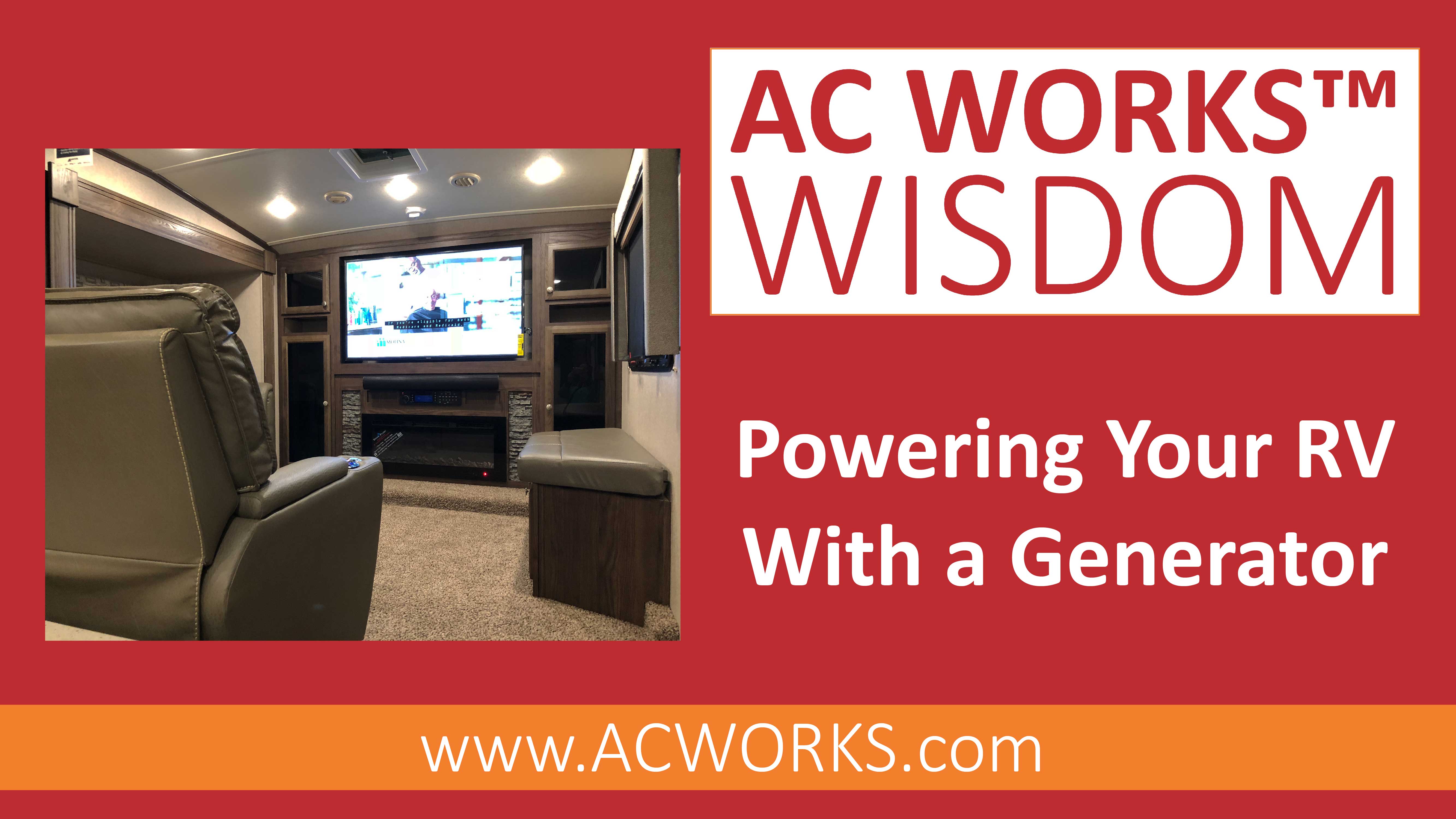
- by Christopher Hahn
AC WORKS® Wisdom: Powering Your RV Using a Generator
- by Christopher Hahn



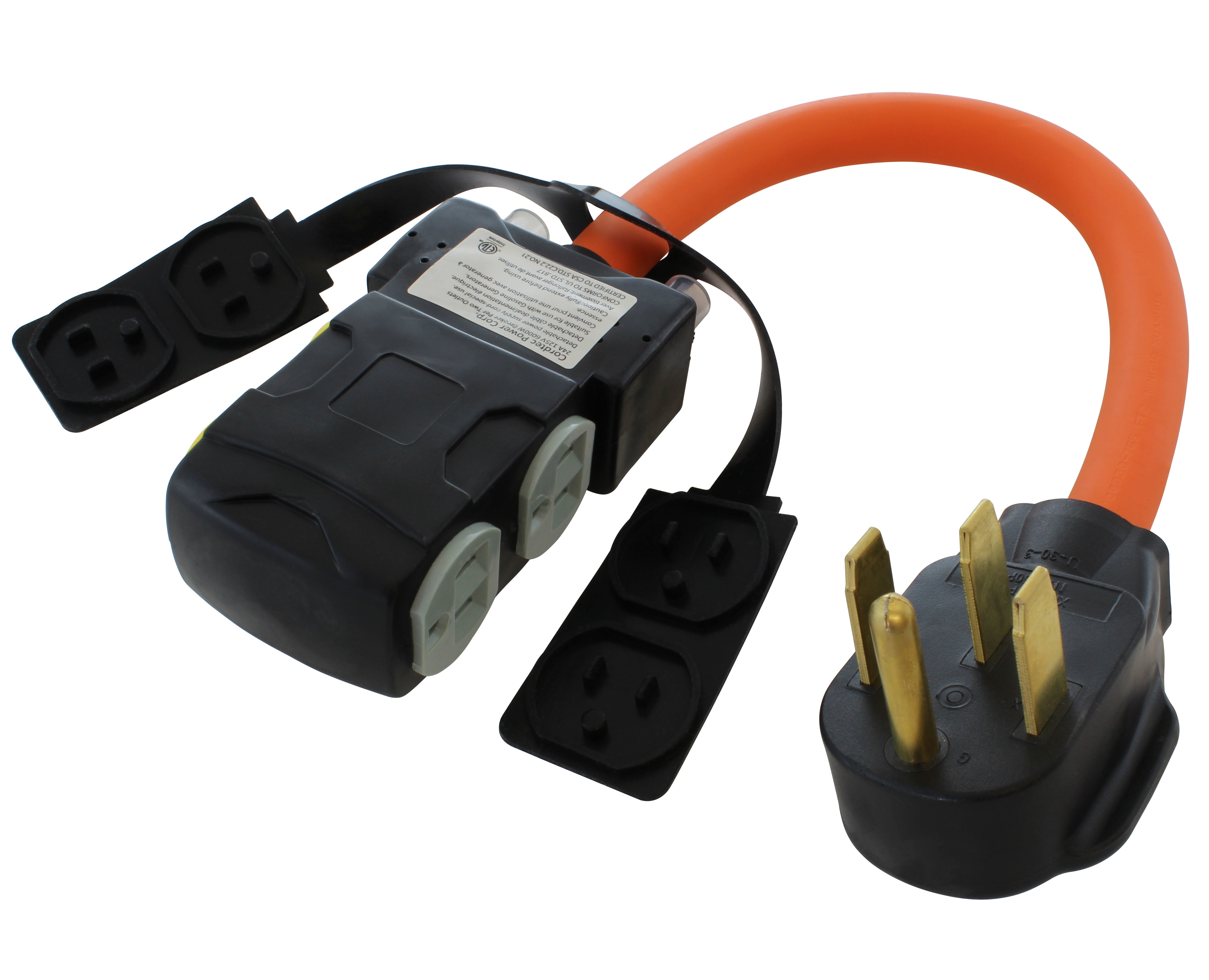
![AC WORKS® [ASINSS2PBX-G] 50A Locking 4-Wire CS6375/ SS2-50 Heavy-Duty Transfer Switch Inlet Box](http://acworks.com/cdn/shop/files/ASINSS2PBX-0_0206b362-7c90-42a5-8754-0685c13dab7e.jpg?v=1758051675&width=2500)

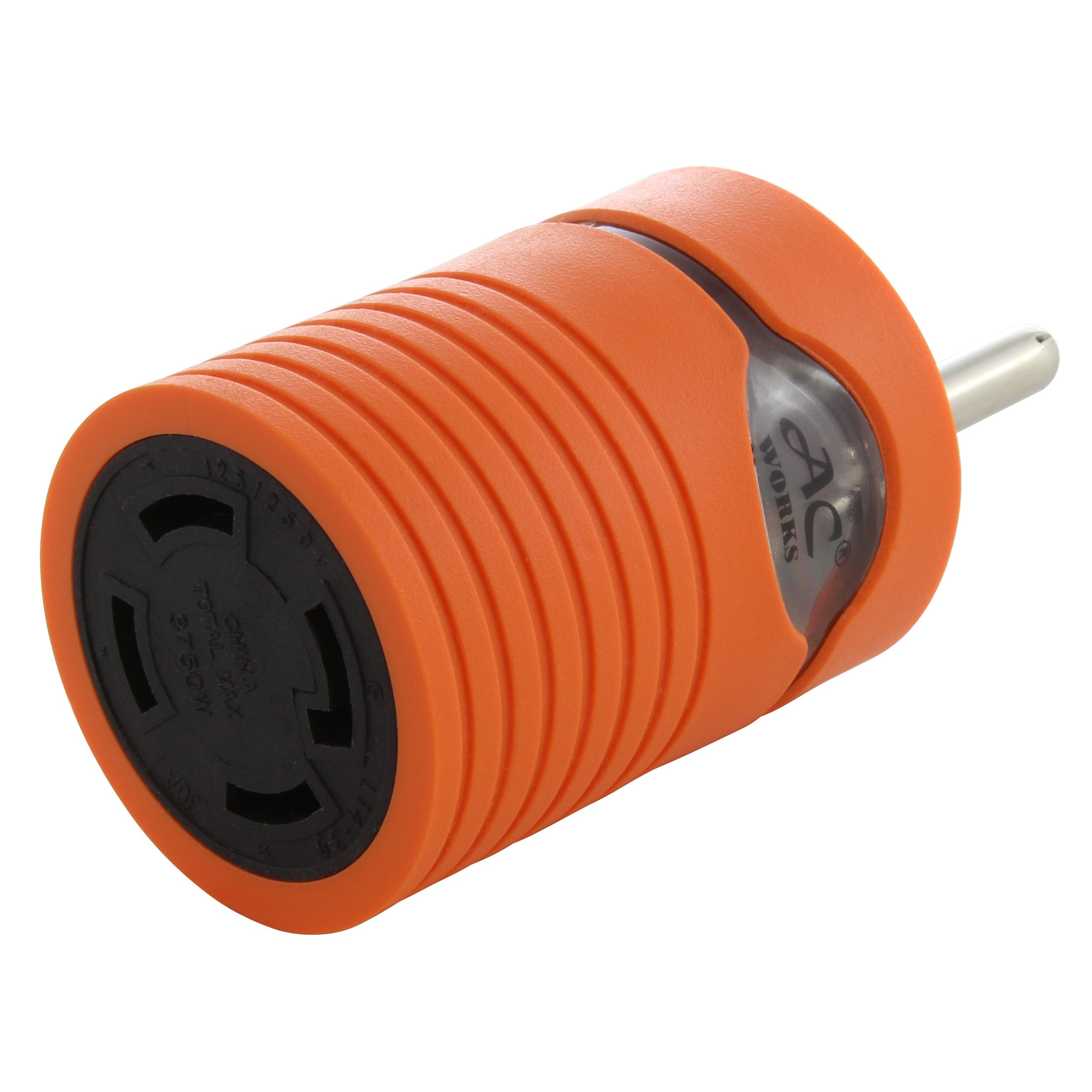
![AC WORKS® [S1430CBF520] 1.5FT 14-30P 4-Prong Dryer Plug to (4) Household Outlets with 24A Breaker](http://acworks.com/cdn/shop/products/S1430CBF520.jpg?v=1666103519&width=4656)
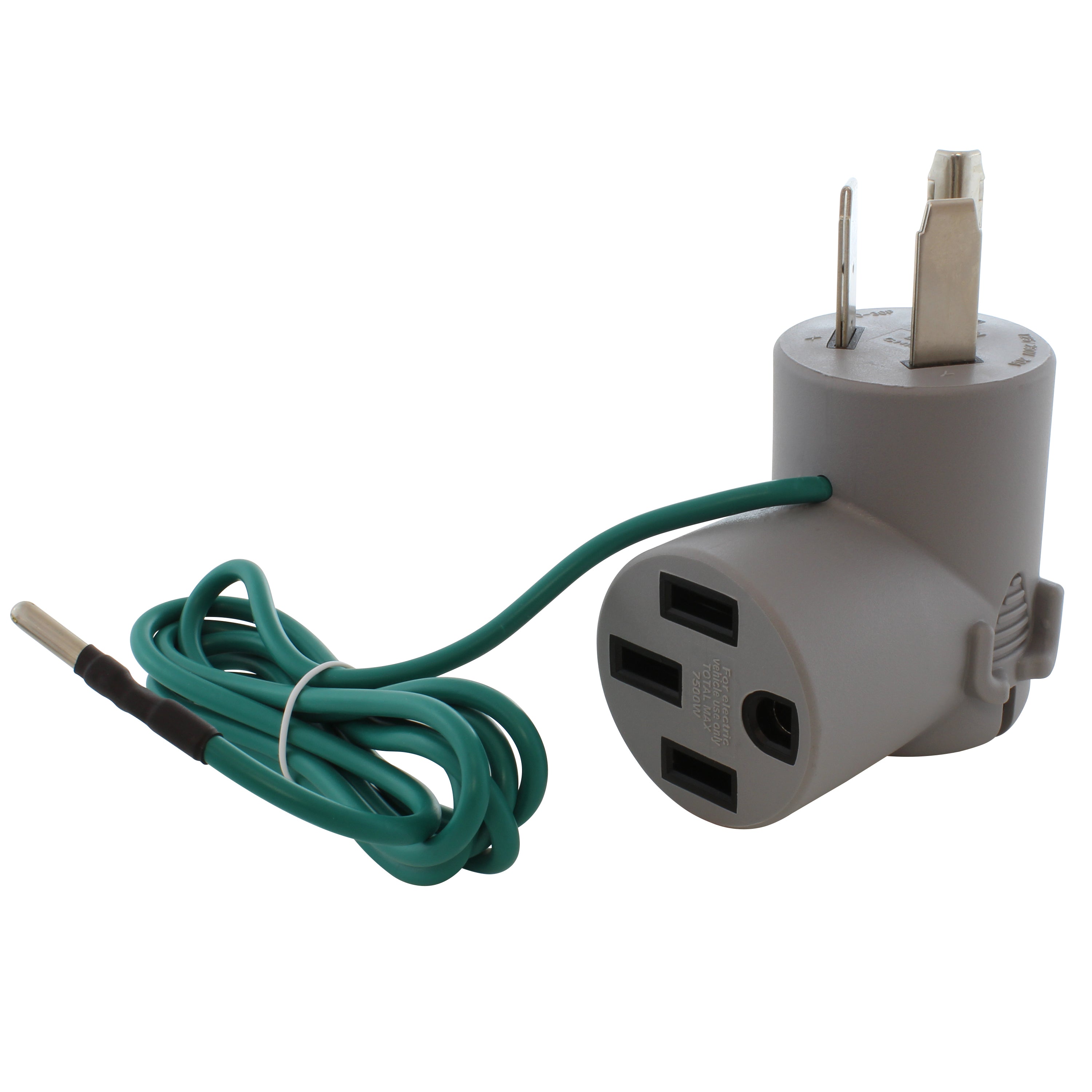
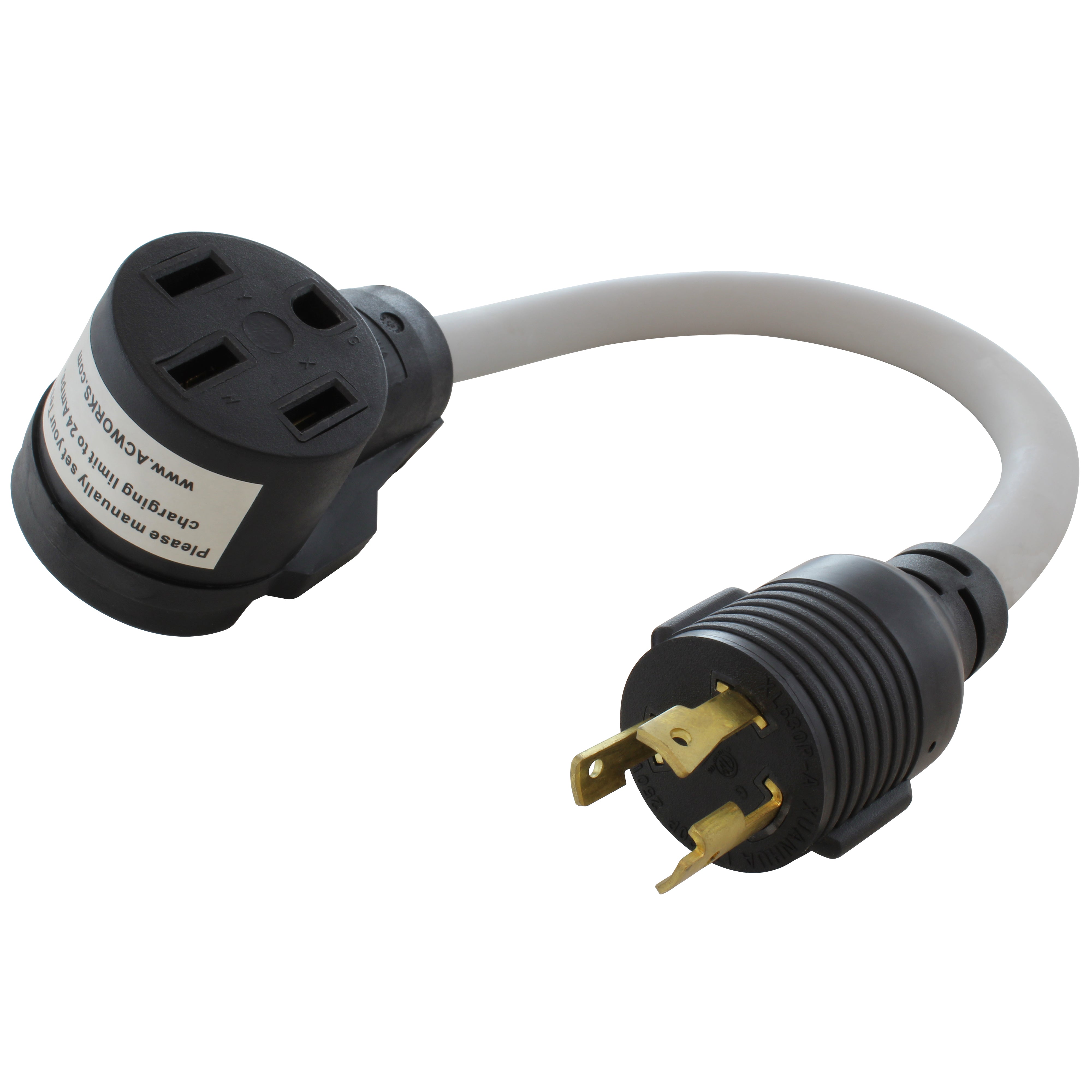
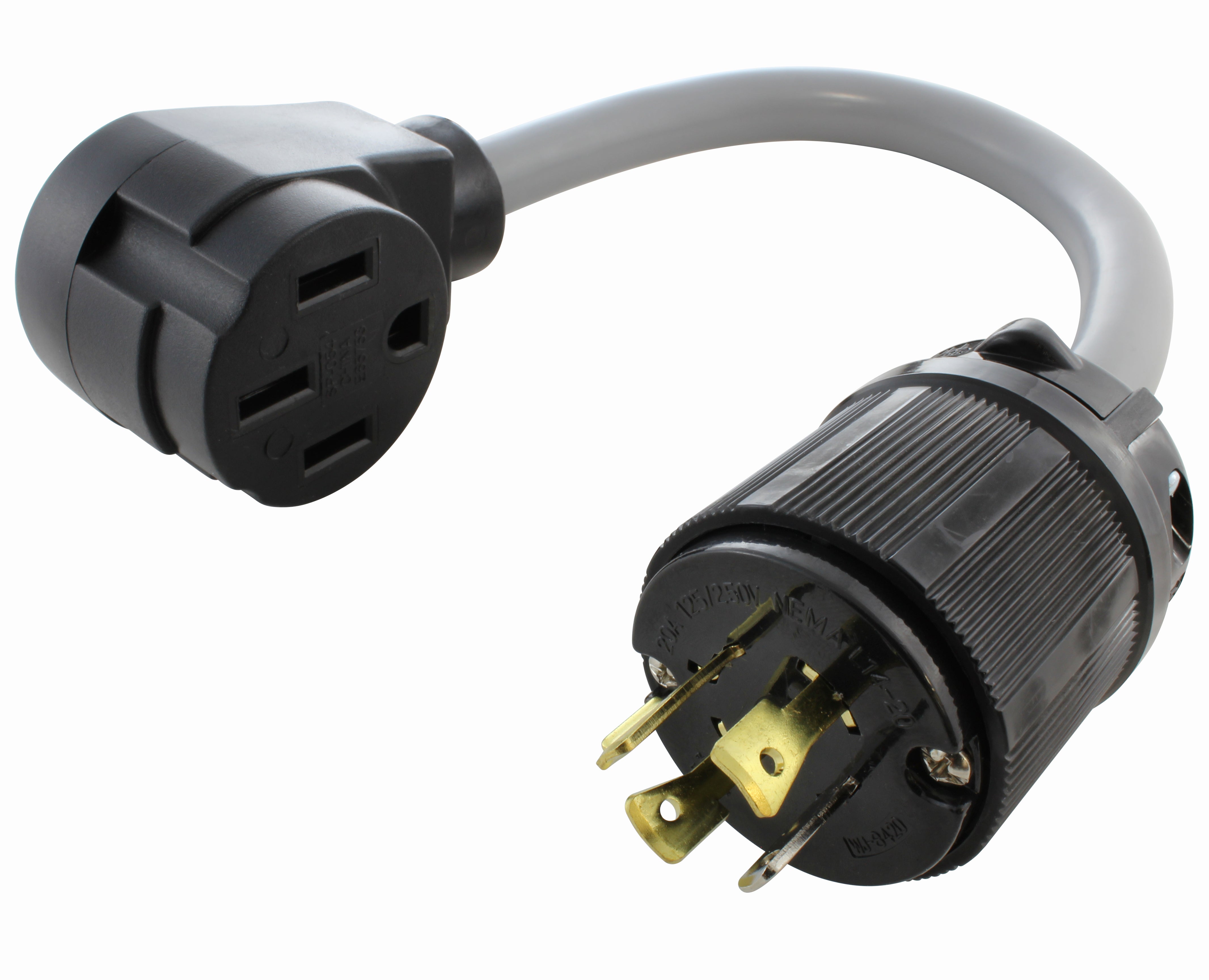

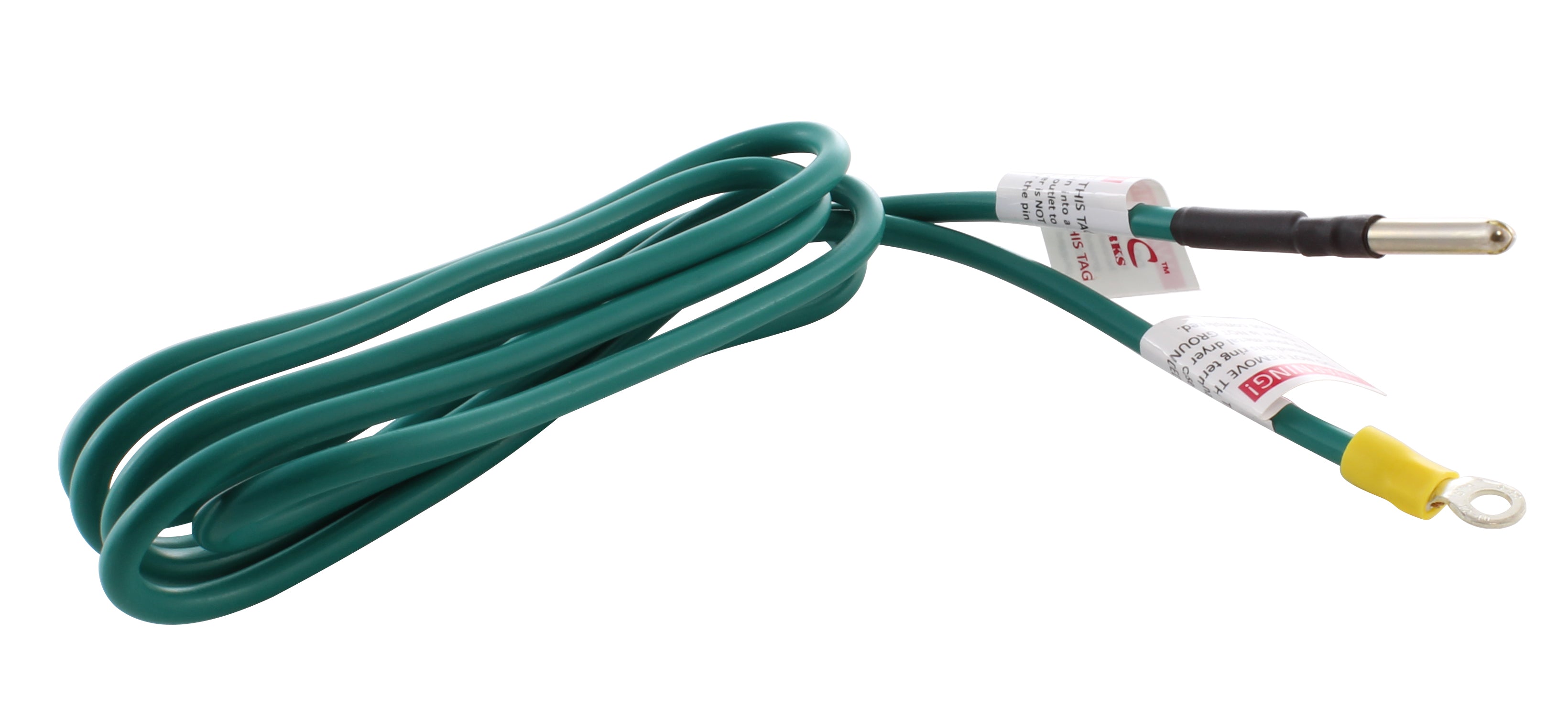

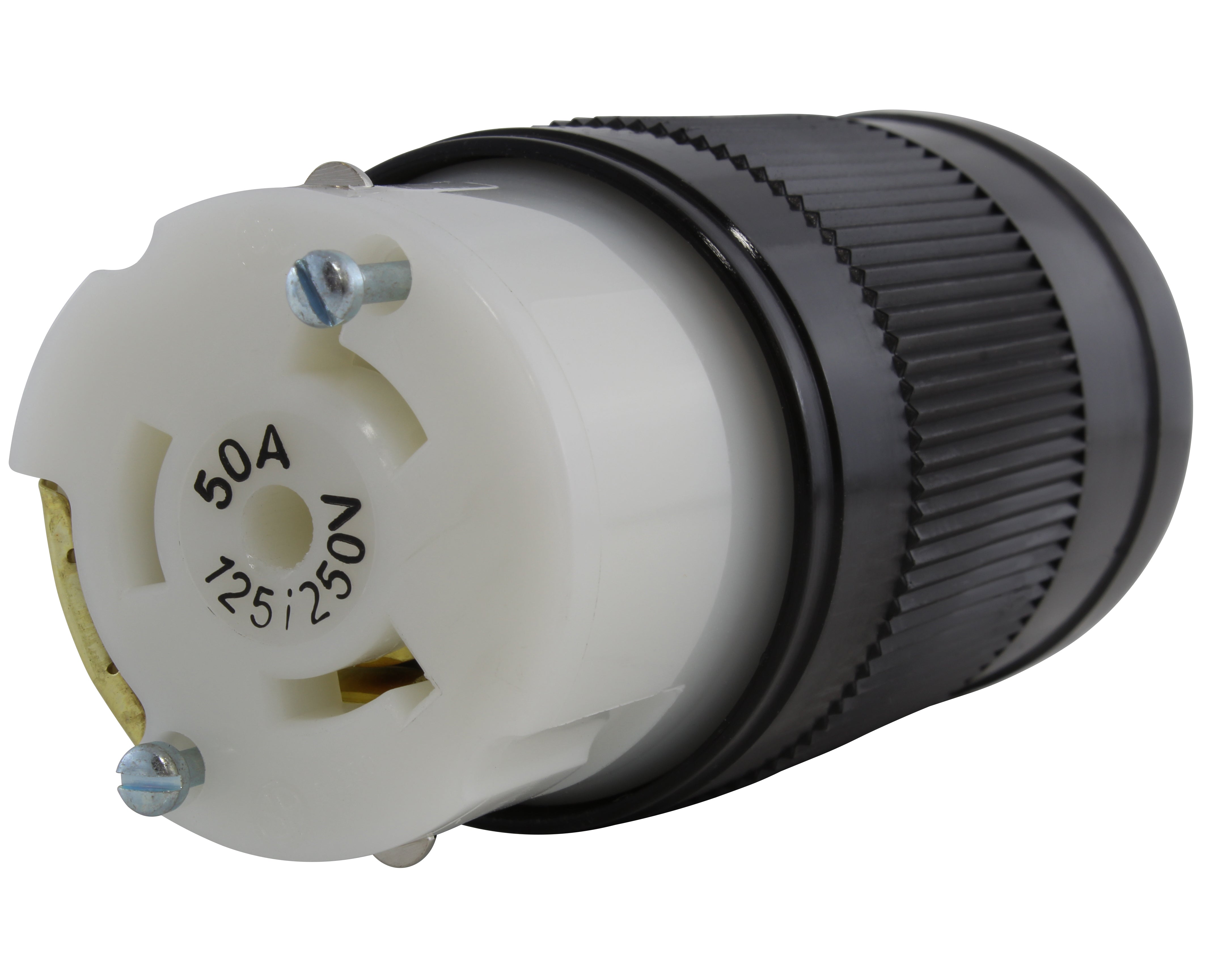

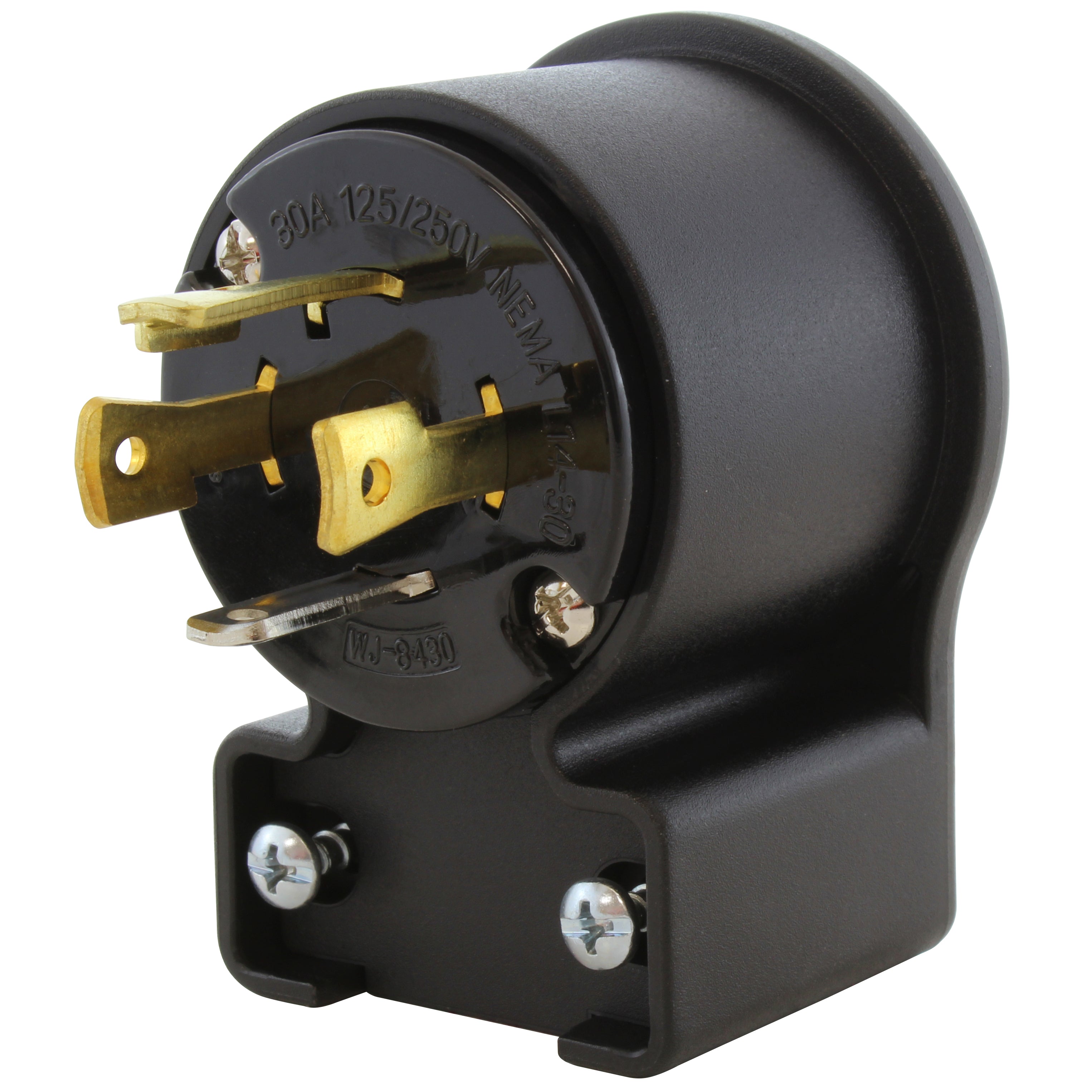
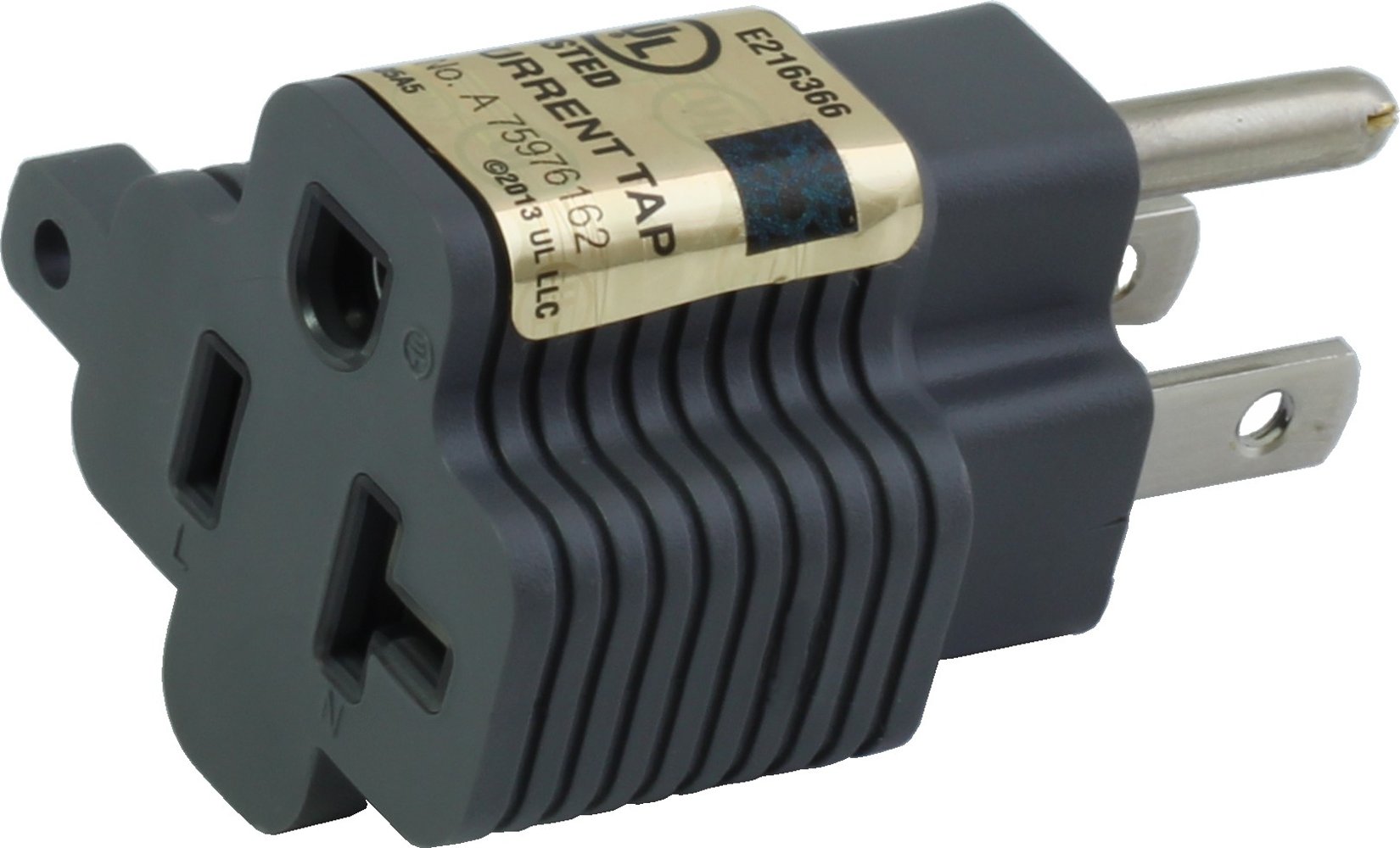
![AC WORKS® [ADV104] 3-Prong Heavy-Duty V-DUO Household Outlet Adapter](http://acworks.com/cdn/shop/products/ADV104-0.jpg?v=1605738768&width=3128)
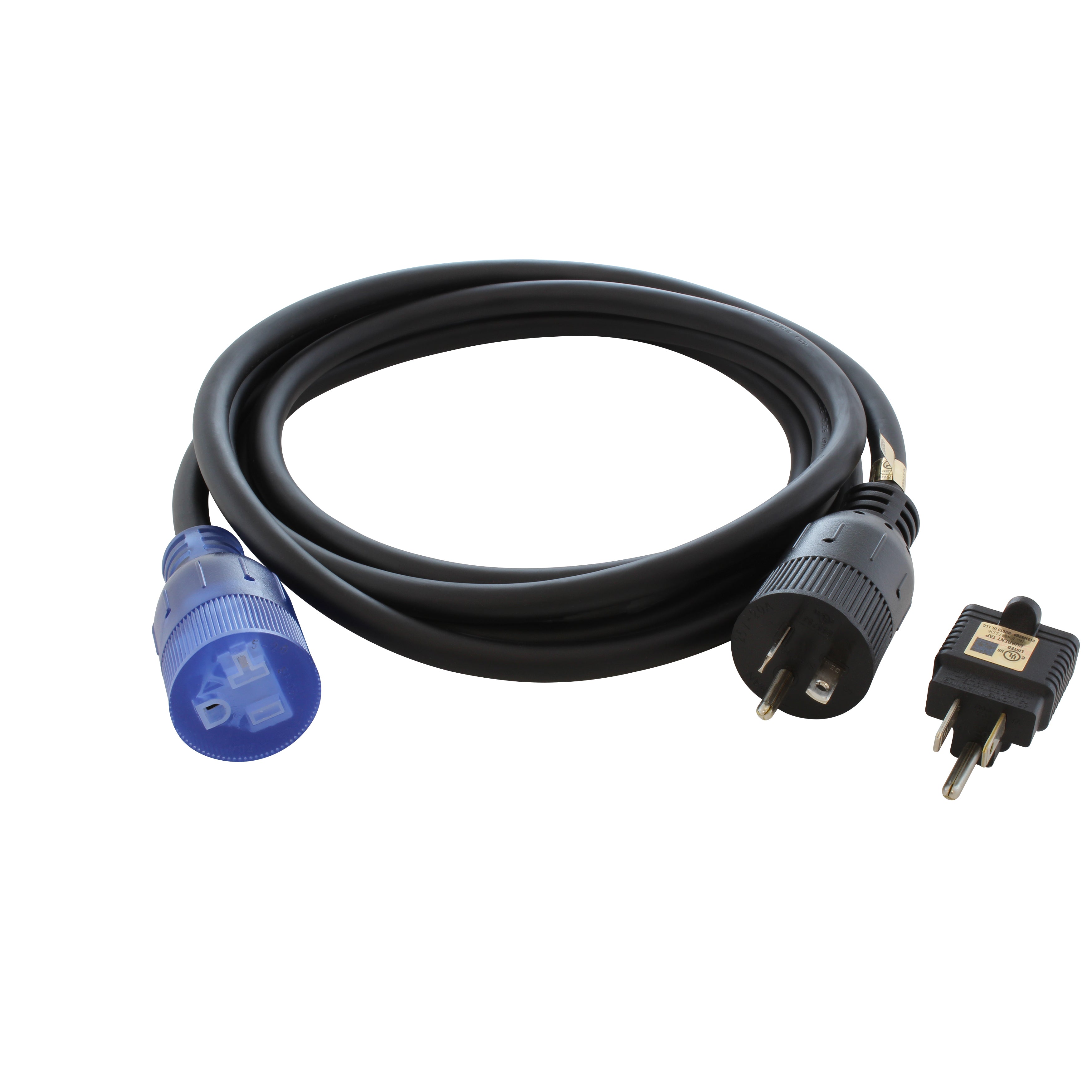
![AC WORKS® [XH515520] 15A to 15/20A 125 Volt Plug Adapter with ETL Safety Approval](http://acworks.com/cdn/shop/files/XH515520-0_daea425a-f439-48df-bb75-052167057f12.jpg?v=1729091519&width=2500)
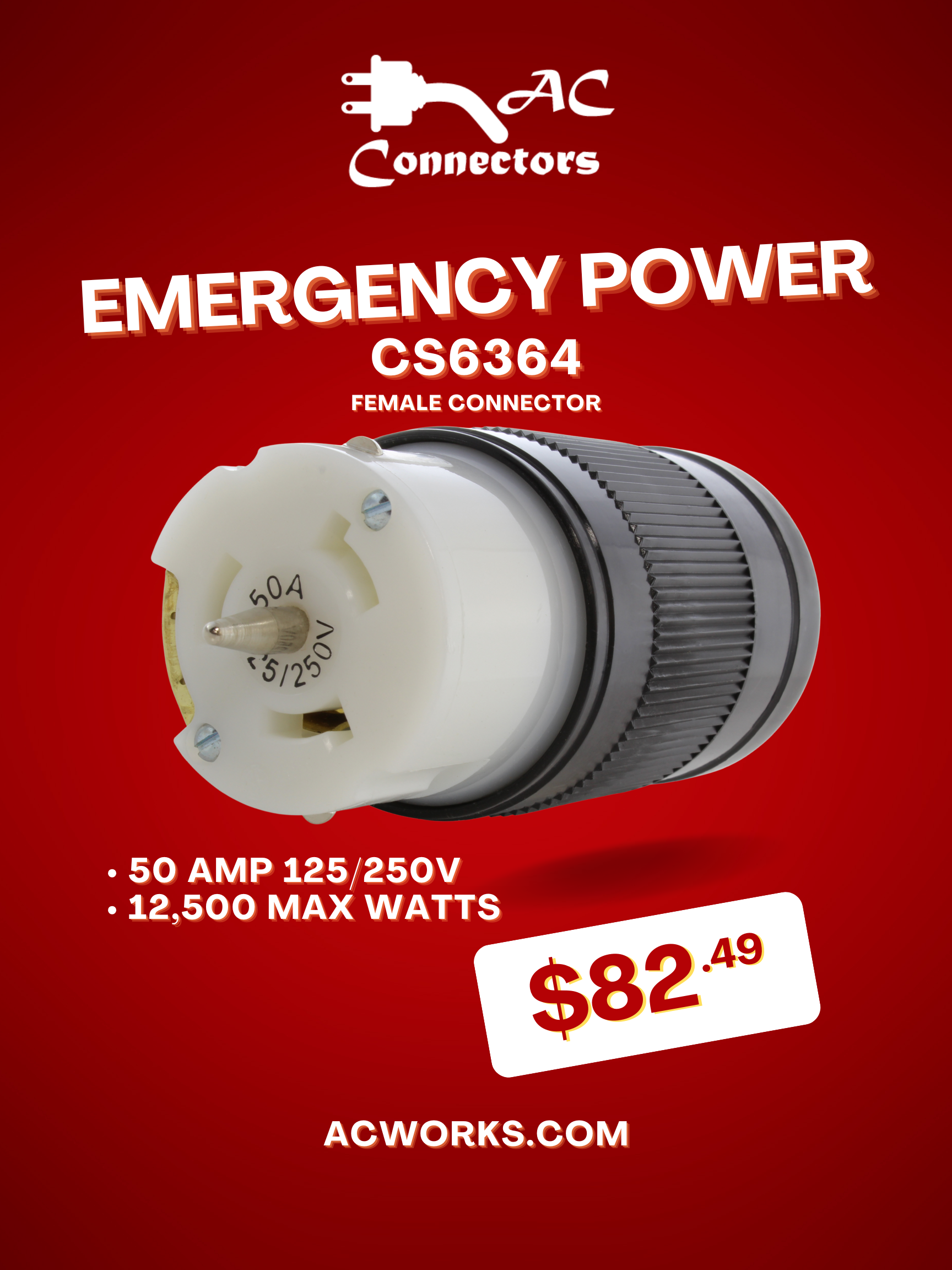


Share:
AC WORKS® Wisdom: Electrical Safety with Pets
AC WORKS® Wisdom: How to Maintain RV Circuit Breakers